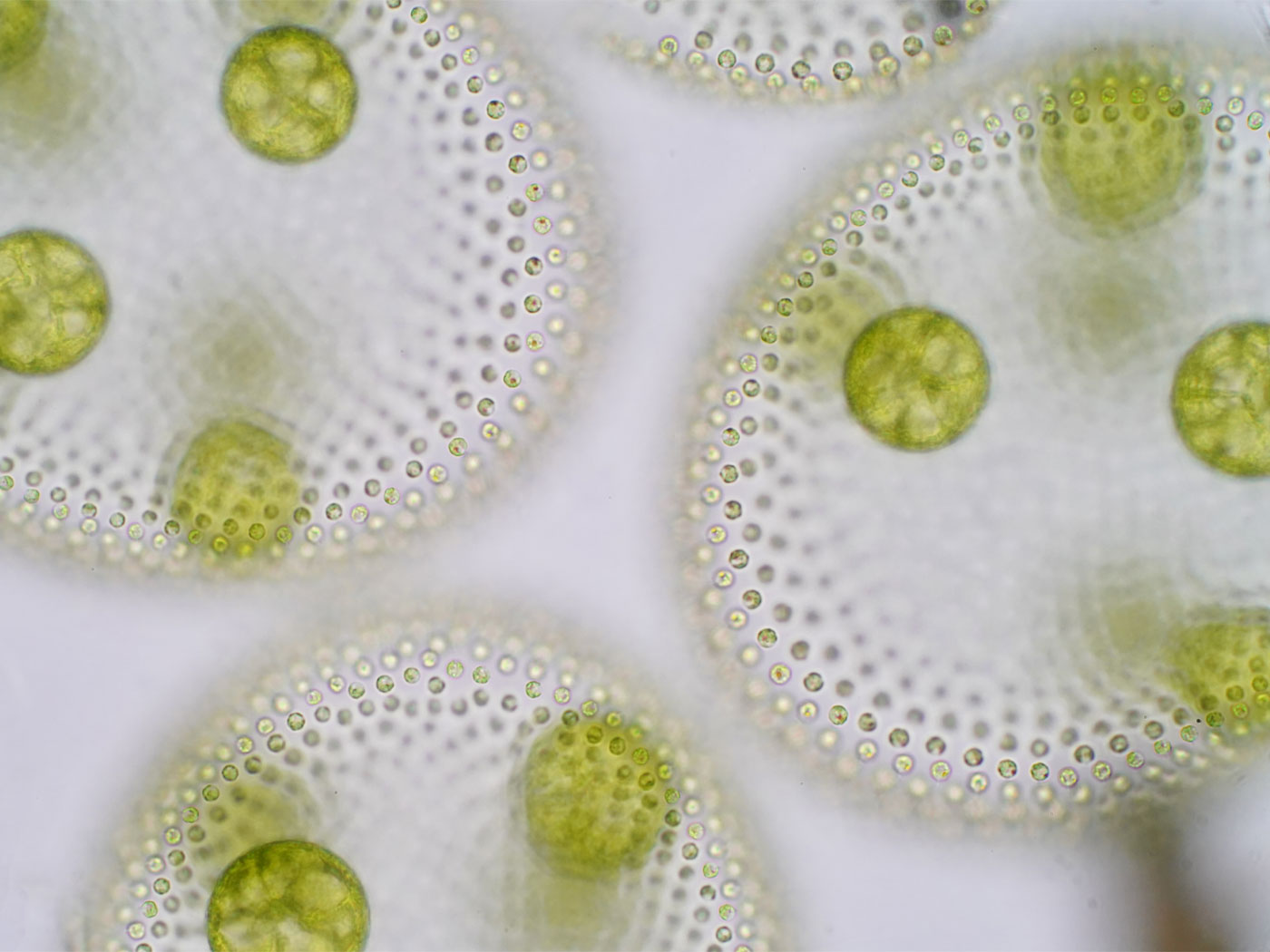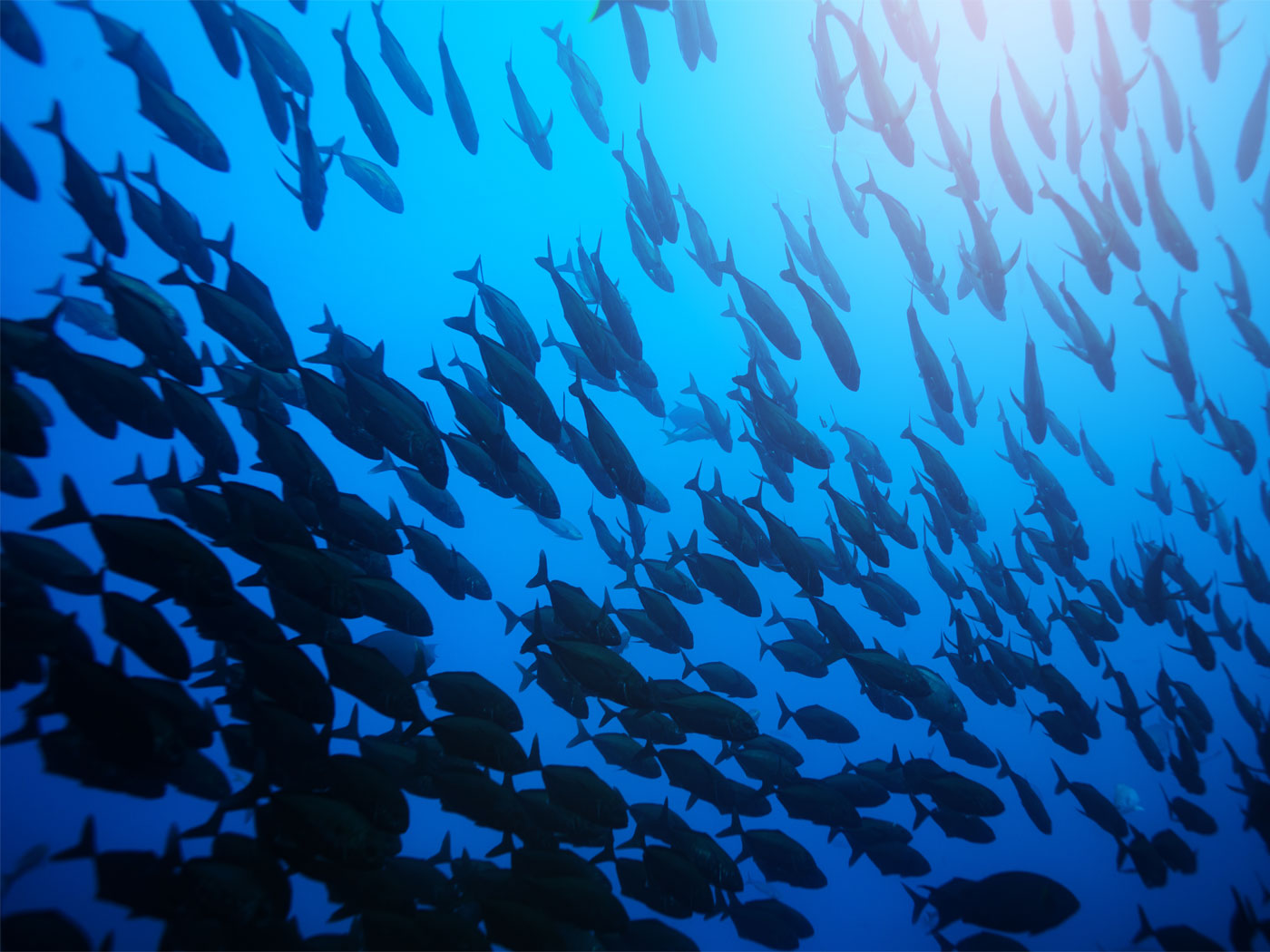Nearly half of all gamefish in freshwater lakes, streams and rivers in the Chesapeake Bay watershed may be unsafe to eat because of high levels of mercury, a new study suggests.1
Chemical contaminants are a threat to the Chesapeake Bay watershed, with mercury (Hg) among the most prevalent causes of impairment. Despite this, large-scale patterns of Hg concentrations, and the potential risks to fish, wildlife, and humans across the watershed, are poorly understood.2
Chemical contaminants are a threat to the Chesapeake Bay watershed, with mercury (Hg) among the most prevalent causes of impairment. Despite this, large-scale patterns of Hg concentrations, and the potential risks to fish, wildlife, and humans across the watershed, are poorly understood.2
A recent study of estuarine gamefish (such as striped bass) suggests that about half of what is catchable is not healthy for eating due to excessive levels of methylmercury, the methylated compound version of metallic mercury.1,2
In the first study to examine mercury across a spectrum of fish in the six-state region [Delaware, Maryland, New York, Pennsylvania, Virginia, and West Virginia], scientists found that the pollutant remains prevalent in the environment in its most toxic form despite years of declining mercury emissions.1
But the toxicity measurements are not uniform throughout the estuarial waters of the six-state region, although the overall averages match much of America. About 45% of fish tested contain methylmercury at unsafe levels.2,4,5
The totals [of methylmercury bioaccumulation] vary widely by location, a possible indication that local conditions are raising or lowering the risk of contamination, according to the research conducted by three U.S. Geological Survey scientists. … In the Chesapeake Bay watershed, mercury is the main trigger for fish-consumption advisories. Coal-fired power plants and trash incinerators are the largest sources of the pollutant in the region, scientists say. Once released into the air, mercury can travel great distances before getting deposited into waterways through rainfall or as a gas.1
But why should we care about mercury which is helpful in many contexts?
The bacteria-fixed methylated mercury compound methylmercury is the organic form dangerous to humans because it is a neurotoxin. It is especially harmful to people who are very young in development, from preborn to small children, potentially interfering with neurological development needed for motor skills and brain development.5
Accordingly, mercury contamination—especially as to how it enters into the human food web—is worth studying.4,5 Accordingly, the USGS-led team of investigators collected about 8,000 data samples from 600 locations.1,2
The USGS researchers culled fish contamination records from two sources: a study conducted by the agency in the watershed from 2013–17 and state monitoring programs with reporting dating as far back as 1990. … The researchers found that the basin with the highest mercury concentrations was the Susquehanna. More than half of the [Susquehanna River] basin’s freshwater areas ranked among the most toxic spots across the Chesapeake Bay watershed, which stretches from Virginia Beach, VA, to Cooperstown, NY. Next was the Potomac, where 18% of waters landed in that tier. No water body outside of the Potomac and Susquehanna drainage areas fell into the most-polluted category. In contrast, at least half of the water bodies in the James, Rappahannock and York watersheds—all in Virginia—placed in the category with the lowest [methylmercury bioaccumulation] levels.1
We compiled fish Hg data from state monitoring programs and recent research efforts to address this knowledge gap and provide a comprehensive assessment of fish Hg concentrations in the watershed’s freshwater habitats. The resulting dataset consisted of nearly 8000 total Hg (THg) concentrations from 600 locations. Across the watershed, fish THg concentrations spanned a 44-fold range, with mean concentrations varying by 2.6- and 8.8-fold among major sub-watersheds and individual 8-digit hydrological units, respectively.2
We compiled fish Hg data from state monitoring programs and recent research efforts to address this knowledge gap and provide a comprehensive assessment of fish Hg concentrations in the watershed’s freshwater habitats. The resulting dataset consisted of nearly 8000 total Hg (THg) concentrations from 600 locations. Across the watershed, fish THg concentrations spanned a 44-fold range, with mean concentrations varying by 2.6- and 8.8-fold among major sub-watersheds and individual 8-digit hydrological units, respectively.2
But many of these methylmercury bioaccumulation results are not encouraging. Even though God has wondrously designed our bodies—and those of other creatures including mammals, birds, fish, and reptiles—to purge out useless and harmful substances, the digestive and excretory systems can only process so much, so fast.6,7
Piscivorous (fish-eating) safety benchmarks for humans, birds, and predatory fish were exceeded from one-third to one-half of the time depending upon which fish-eating safety standard was applicable.
Although, mean THg concentrations tended to be moderate, fish frequently exceeded benchmarks for potential adverse health effects, with 45%, 48%, and 36% of all samples exceeding [safety] benchmarks for human, avian piscivore, and fish risk, respectively. … The variation, in fish THg concentrations among species and [sampling] sites, highlights the roles of waterbody, landscape, and ecological processes, in shaping broad patterns in Hg risk across the watershed.2
The findings underscore the importance of checking for public health advisories before eating any wild-caught fish, said James Willacker, the study’s lead author.1
The findings underscore the importance of checking for public health advisories before eating any wild-caught fish, said James Willacker, the study’s lead author.1
Due to food-chain dynamics, methylmercury accumulates most in the apex (top) predators, so the largest gamefish are likely to have the highest concentration of mercury in their meat.8
Because methylmercury levels intensify with each step up food chain, the USGS scientists found the highest amounts in larger fish, including some of the region’s most prized sportfish. Striped bass, a gamefish popular on restaurant menus, had the most mercury in its meat of the 32 fish tracked in the study, with a typical concentration of 0.31 parts per million. The U.S. Environmental Protection Agency [substituting for the Food and Drug Administration] has set a consumption limit for mercury of 0.3 parts per million. “There are lots of people out there recreationally consuming that [fish],” said Betsy Nicholas, executive director of Waterkeepers Chesapeake. “These people don’t realize what they’re ingesting and how much of a detrimental impact that can have.”1
So what are the comparative results of the study for fish-eaters?
Striped bass was followed, from more contaminated to less, by bowfin (0.2), walleye (0.19), largemouth bass (0.18) and flathead catfish (0.17), according to the report. The species with the least mercury included three types of trout and the creek chub. “Trout are a great choice if you’re trying to avoid mercury exposure,” Eagles-Smith said.1
Toxins are something we must take seriously in this fallen world.7,8 Before Adam sinned in Eden, triggering the death-and-dying process for both mankind and beasts, the interaction of toxins and detoxification systems was perfect.
From the human side, research shows how our immune system regulates our dynamic microbiome. … It could be that dynamic microbiomes regulated by dynamic immune systems might enable creatures to be fruitful, multiply, and fill a dynamic earth as God commanded in Genesis 1:22, 28—and in the process display some impressively designed capacities by adjusting to new niches… [comparable to how] woodrats rapidly filled a new environmental niche when they began consuming normally toxic creosote plants aided by the detoxification metabolic processes of their well-regulated microbiome. … The immune system’s phenomenal regulation of our microbiome allows us to appreciate a higher level of design when systems of two independent entities work together in a seamless operation. A reasonable conclusion is that they were, and are, designed to work together. Certainly, the Fall caused perversions of some once-symbiotic relationships to become pathogenic.9
However, the detoxification dynamics that Adam and Eve enjoyed, before their bodies became sin-cursed, is not what our bodies now experience.6-9
So, if you’re fish-hungry in one of the Chesapeake Bay-drained states, skip the striped bass—go for trout. At present that’s how some of us read the mercury.
References
1. Cox, J. 2020. Mercury Widespread in Chesapeake Bay Headwaters Fish. Chesapeake Bay Journal. Posted on bayjournal.com June 30, 2020, accessed July 2, 2020.
2. Willacker, J. J., C. A. Eagles-Smith, and V. S. Blazer. 2020. Mercury Bioaccumulation in Freshwater Fishes of the Chesapeake Bay Watershed. Ecotoxicology. 29:459-484.
3. Regarding the usage of mercury thermometers in Europe, see Johnson, J. J. S. 2018. “Volksdeutsche by the Dozen, Part Eight: Refugees in Austria, Fleeing Post-WWII Europe for America—The Jakob & Katarina Webel Family Journey to a New Home.” Journal of the German-Texan Heritage Society. 40(1): 38-54, especially page 50.
4. Eagles-Smith, C. A., J. T. Ackerman, J. J. Willaker, et al. 2016. Spatial and Temporal Patterns of Mercury Concentrations in Freshwater Fish Across the Western United States and Canada. Science of the Total Environment. 568: 1171-1184.
5. Rosenfeld, P. E., and L. G. H. Feng. 2011. Risks of Hazardous Wastes. Norwich, NY: William Andrew / Elsevier, pages 223-235.
6. Matthew 15:17. The human body is designed to expel toxic foods, as food-poisoning investigations illustrate. For example, see Török, T. J., R. V. Tauxe, et al. 1997. A Large Community Outbreak of Salmonellosis Caused by Intentional Contamination of Restaurant Salad Bars. Journal of the American Medical Association. 278(5): 389-395.
7. Regarding the human body’s expulsion of ingested toxic foods, see Johnson, J. J. S. Micro-Plastic Wastes, European Dippers, and the Genesis Mandate. Creation Science Update. Posted on ICR.org June 4, 2020, accessed July 2, 2020. For another example, marine reptiles discharge heavy metals by sloughing off old skin. Guliuzza, R. J. 2020. Shedding Toxins: A Surprising Role for ‘Industrial Melanism’. Creation Science Update. Posted on ICR.org March 5, 2020, accessed July 2, 2020. In humans, toxins—including heavy metals and drugs—also accumulate in hair and nails, so forensic scientists use hair/nail toxicology analysis to provide corroborative (or impeachment) evidence regarding eyewitness reports. See Daniel, C. R., B. M. Piraccini, A. Tosti. 2004. The Nail and Hair in Forensic Science. Journal of the American Academy of Dermatology. 50(2):258-261.
8. Gilmour, C. and G. Riedel. 2009. Biogeochemistry of Trace Metals and Metalloids. In Encyclopedia of Inland Waters. Gene E. Likens, ed. Norwich, NY: Academic Press / Elsevier, 7-15. Gilmour and Riedel note: “Methylmercury [MeHg] concentrations increase by roughly a factor of 10 at each step through a food chain, and MeHg fish tissue concentrations increase substantially with age. Of the ‘persistent bioaccumulative pollutants,’ only PCBs exhibit comparable bioconcentration factors. … Many trace elements are essential micronutrients (i.e., Fe, Mn, Cu, Ni, Mo, Se, and Zn), acting as catalysts in enzyme systems. Others, like Hg and Pb, serve no known physiological function in organisms.”
9. Guliuzza, R. J., and F. J. Sherwin. 2015. Does Our Immune System Indicate Disease Before the Fall? Acts & Facts. 44(1): 17.
*Dr. Johnson is Associate Professor of Apologetics and Chief Academic Officer at the Institute for Creation Research.













